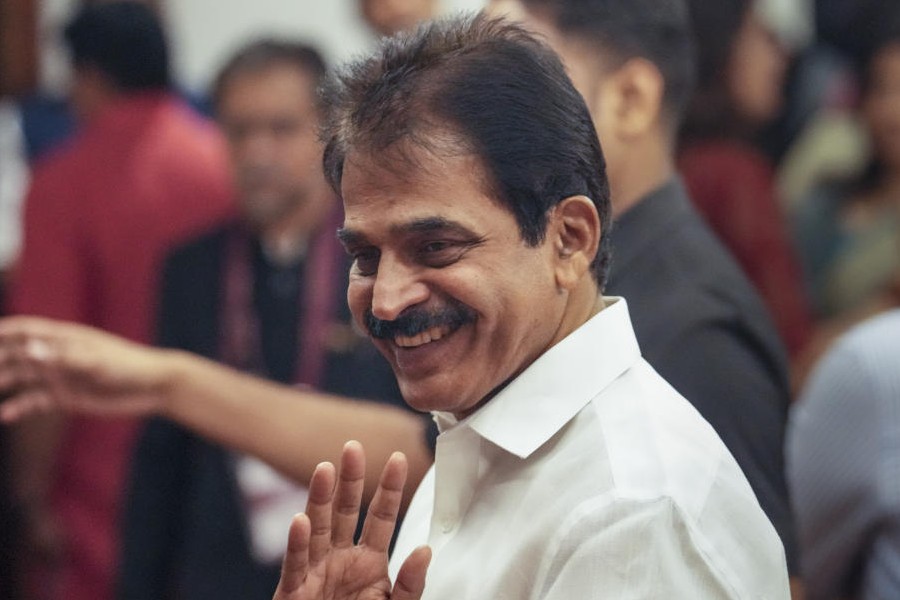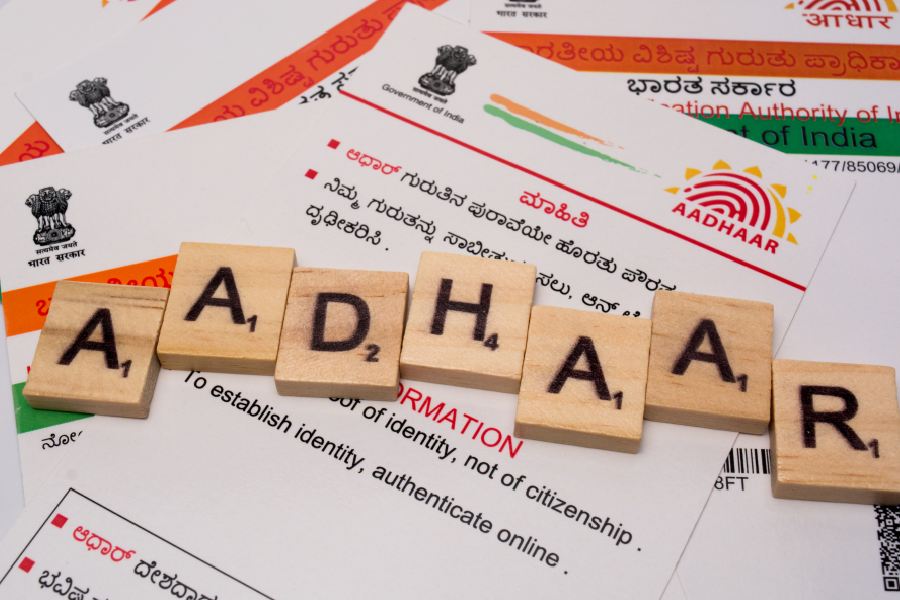It was 1917. The World War I was raging. The British were looking for not only combatant foot soldiers, but also non-combatant labour corps to serve in the western theatre of war, particularly Egypt.
At that time the offer came from the Santal tribal belt of Mayurbhanj in north Odisha. The political agent for the Odisha Feudatory States Mr C.L. Phillip was also superintendent of Mayurbhanj reporting to the commissioner of the Odisha division. The chief secretary to the government was H. Mcpherson.
One senior British Army officer Mr Scot under the political agent went about the task of recruiting of at least 2,000 local tribal people, the Santals. The recruitment campaign, which was initiated on April 28, followed close on the War Loan propaganda. Apparently Mr Scot, himself, was keen to go off to the front and went about the task of recruitment in a great hurry. He had earlier served in the Naga Hills and had been in charge of Mayurbhanj for one-and-a-half years. But, he had no idea of the Santal mentality and their culture.
The Santals always asserted their cultural self-image and were historically proud of their identity. Already they had many grievances against the local officials, particularly of the excise and forest department. The former prosecuted them for illicit distillation of liquor and brewing of handia for personal consumption and sale in the market, while the latter for collection of jungle fruit, cutting of trees for fuel and house construction and the imposition of a new plough tax. They also resented non-tribal people surreptitiously coming, settling in their area and depriving them of their land by clever manipulation. All this, of course, happened by hoodwinking the law.
Against this background, the idea of serving across the seas in a foreign land in a labour corps was very much resented. The proud Santal people felt this was a conscious design to humiliate them. It was the proverbial match-stick on the tinderbox.
Thus, the first attempt of recruitment not only got aborted, but it ignited the first fierce Santal rebellion in history, which engulfed the entire Sadar sub-division and led to violence of uncommon magnitude. Chief secretary Mr Mcpherson, in his report to government of India in foreign and political department, described the events in detail. According to the report, the Santal rebellion in Mayurbhanj in 1917 had two distinct and well-marked phases.
The initial rising occurred in the Baripada sub-division culminating in the large-scale damage to the Rupsa-Bangriposi railway line and the destruction of the market and Betnoti on May 18 and 19.
Subsequently, the Saraskona hat was looted on June 2. This marked the end of the first phase of the rebellion, where after it spread to Bamanghati and Panchpir sub-divisions. The looting of the Rairangpur Bazar on June 15 and 16 was the climax of the second phase of the rebellion.
However, after deterrent action by the government pretty soon the rebellion subsided and normality was restored. The extremely well-reasoned report of Mr Mcpherson dealt with the state of fiscal and financial condition of Mayurbhanj and graciously argued against the imposition of “communal punishment and general levy to compensate those who suffered in the disturbances”.
This was because after restoration of normality that a number of recruits came forward for service in the labour corps and Mr Mcpherson rightly felt that it would be unwise to initiate any steps, which would rekindle past memories of a proud people.
As one who can claim to be somewhat conversant with the Santal ethos, having worked as the deputy commissioner of the district and also for four years as a Bhabha Fellow, I feel it was a very well-considered step by the British administration under the leadership of Mr Mcpherson.











